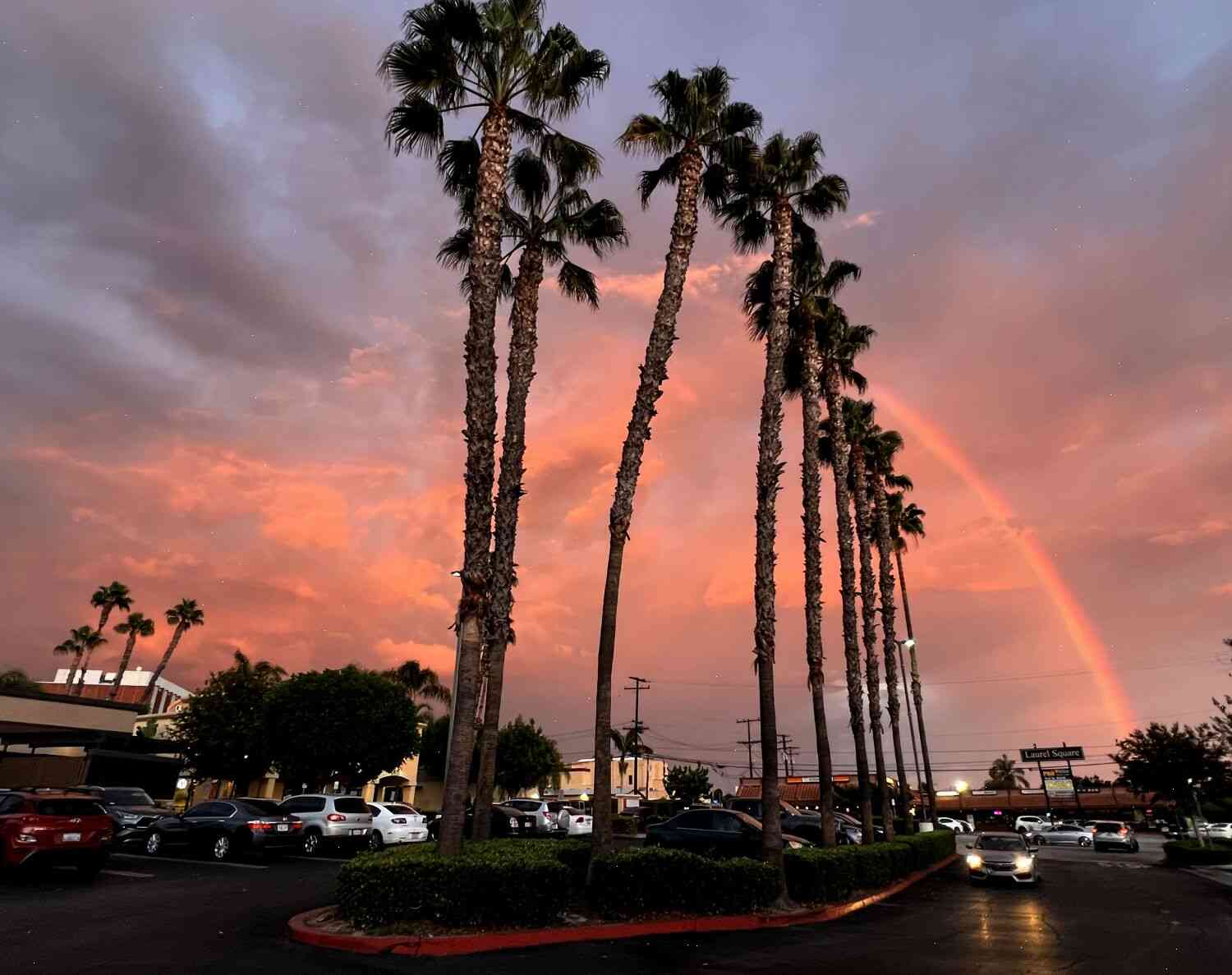California is so hot and dry that not even soaking rain can ease fall fire peril, a new report says.
A fire season in California is now the hottest and driest it’s been in the state’s history, according to a new wildfire assessment report released Tuesday by the California Department of Forestry and Fire Protection (Calpar).
According to the report, more than 2,600 fires have burned nearly 23 million acres since June 1.
Those numbers are more than double the number of fires that burned in the entire state in 2006 during the same time period, according to the State Forestry Management and Planning System.
As California prepares for the largest drought in its 50 year history, the report was released ahead of an international climate meeting in the fall with the aim of helping policymakers, scientists, and other decision-makers formulate recommendations for fire prevention and control.
“We have really been working on the drought issue for the last three years,” said Calpar regional wildfire analyst David Moulton. “This was an opportunity to get out to the field and look at the big picture of what has been going on in the fire season.”
According to Moulton, the report highlights trends that could be used as a reference for future planning.
The report looked at how California has fared when comparing the fire season of June to October.
California has seen a slight increase in fire activity in June compared to the same time period in Oct, but that’s only because overall California activity has increased.
“What we’re seeing is in June, we may see 1 or 2 fires to where you’re now up to 10,” said Moulton. “October it’s been more about the same.”
Moulton says while the increase in June activity has happened, it’s still a small change that represents only an increase of one to two percent in fire activity.
“We’re still not at the panic level,” said Moulton. “We have to be really concerned about where we are with climate change.”
“This is just showing the reality of climate change,” added the regional fire analyst. “And that’s very scary.”

